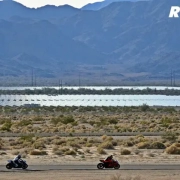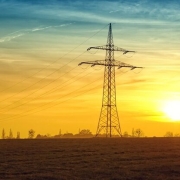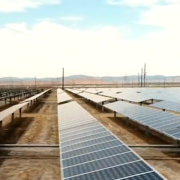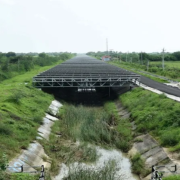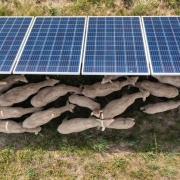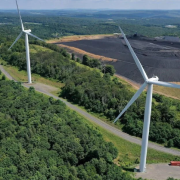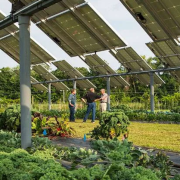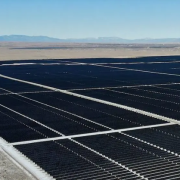The story is as old as racing circuits are. Land uses change around a popular circuit, neighbors complain, land values go up, and the circuit disappears. The litany of circuits that have been devoured by encroaching development in Southern California alone is disturbing to those who have followed motorsport for decades.
But there is a ray of hope in some areas.
Generating solar power requires lots of land. And solar farms are good neighbors to racetracks. They provide a solid buffer zone, sometimes acres, between the circuit and any other land use. They are not disturbed by noise or traffic. They don’t require a lot of people on site. And once they are established, they are not the sort of uses that are easily displaced by residential, commercial, or other industrial uses.
Click here to read the full article
Source: Roadracing World
—
If you have any questions or thoughts about the topic, feel free to contact us here or leave a comment below.

